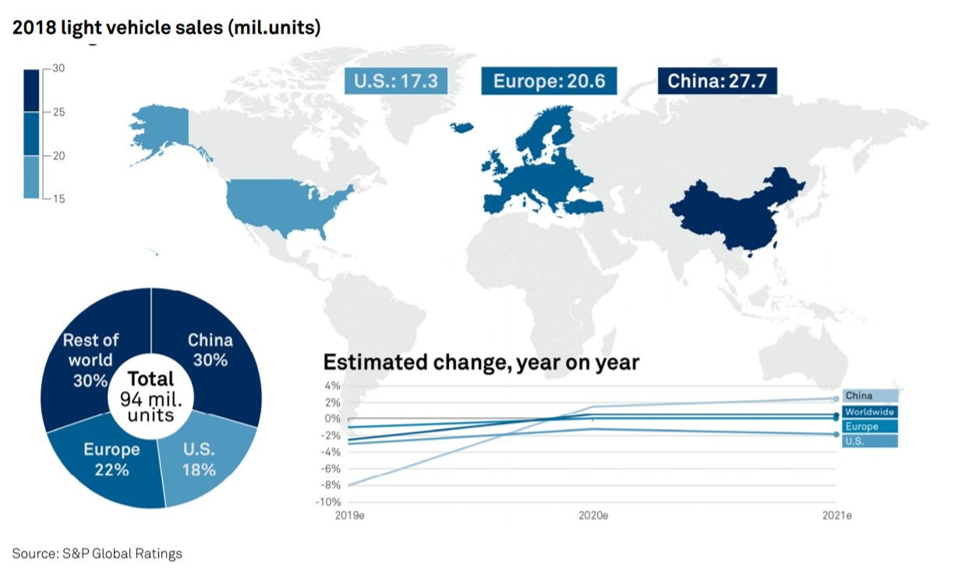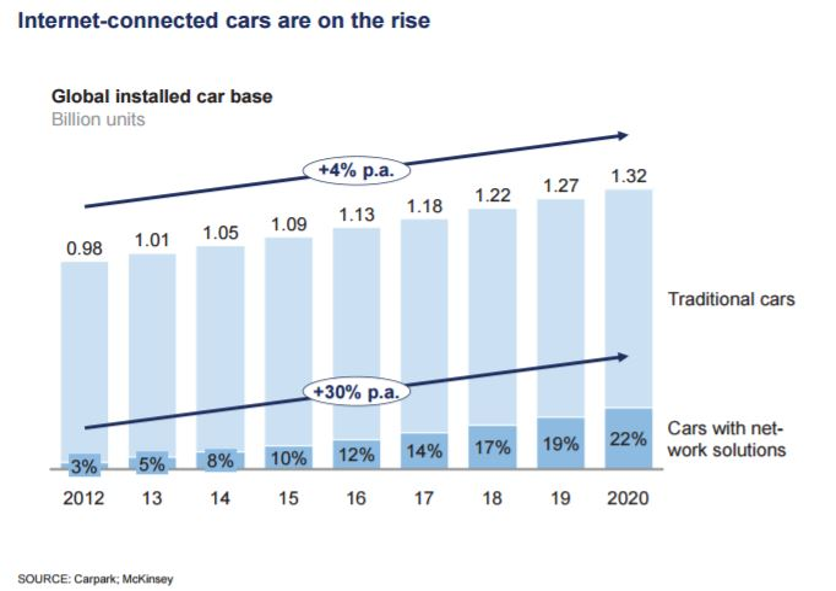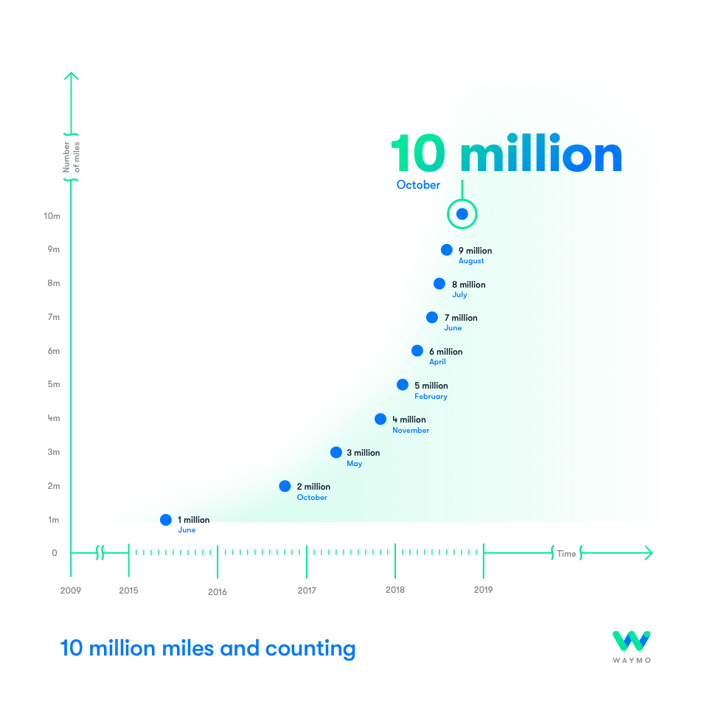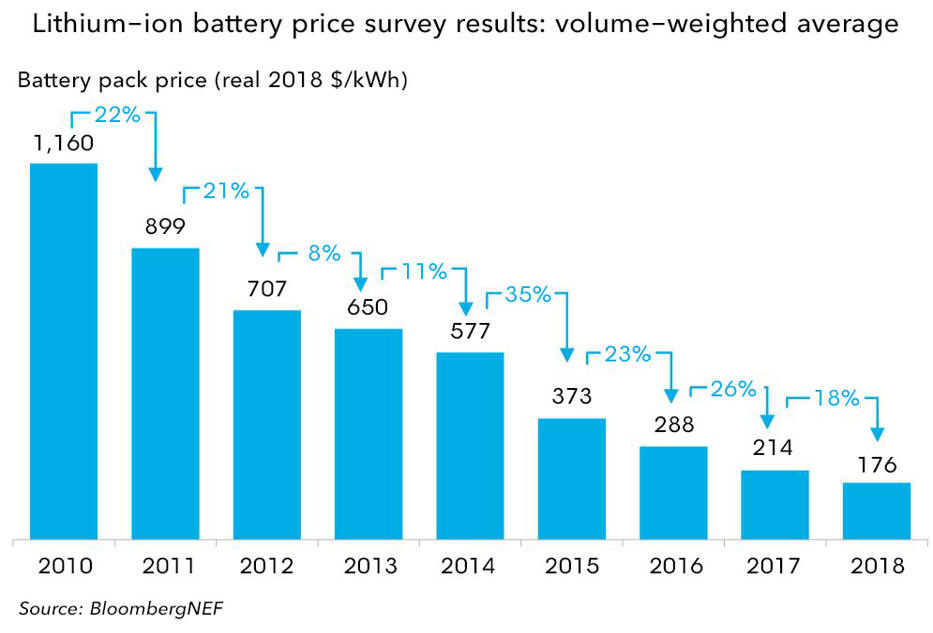By Evie Harrison
The automotive industry has seen massive growth since the first Model T rolled off the Ford assembly line in 1908. The Chinese auto market alone witnessed a sale of nearly 28 million light vehicle units, while the U.S. auto industry sold more than 17 million light automobile units in 2018, accounting for more than 8 million jobs in the U.S. market.

The industry has evolved so much over the past decade that it would have startled even the likes of Henry Ford and Kiichiro Toyoda. Technology is at the heart of these changes, and thanks to IoT, AI, and Machine Learning, the auto sector looks nothing like it used to.
With the current pace of development and the many forces of disruption, it may be hard to imagine what is in store for the auto industry in 2020. Geopolitical risks, including the ongoing trade war between the U.S. and China, as well as the tensions between EU and UK over Brexit (the leading auto giants), have further added to the uncertainties.
Despite these challenges, some important trends have been identified that will grip the auto industry in the coming months. Here are some of the changes we can expect to happen in the sector in 2020 and beyond.
Connectivity
Connectivity is a new buzzword that has surrounded the automotive industry and every tech industry. Today’s cars are equipped with modern traffic navigation services, safety and infotainment features, as well as a host of new technical features and driver assistance apps. The promise of smart cars is to enrich the driving experience and make it more convenient and seamless.
The connectivity space in the auto industry is still in its early stages of development, but since many leading auto companies are competing for dominance in this area, we will probably see fully-connected cars on the road sooner than expected.
McKinsey & Company reported that 1 in 5 vehicles would have internet connectivity by 2020. The report also predicted a 30 percent rise each year in the number of networked cars for the next several years.

Autonomous Vehicles
You might be familiar with this topic as much has already been written and spoken about it. News about autonomous vehicles comes out almost every day, and many auto companies have joined hands with tech giants to make self-driving cars a reality. The Google autonomous vehicle company – Waymo – has already tested its self-driving car for over 10 million miles in harsh environments and real world-scenarios.

Other companies such as Tesla and Uber have also put their self-driving cars to test; however, the transformation towards complete automation is not binary. The auto industry is approaching the shift towards autonomous vehicles in a phased manner to allow other relevant sectors to transform parallel with the technology.
According to the Society of Automotive Engineers, the level of automation starts from Level 0, representing zero automation and ends at Level 5, which will require no driver’s assistance or intervention. 2020 will see the industry edging closer towards completely driverless cars that will perform all the driving functions without needing any help from the driver.
Electric cars
There is a growing demand for environmentally sustainable vehicles, and the auto industry seems to be catering to the consumer’s needs. Leading companies have started working at improving the technology, and many of them have already introduced electric and hybrid models at affordable prices.
The growth of EVs is driven significantly by the improvements in lithium-ion batteries in terms of cost reduction and capacity enhancement over the past few years. As the capacity of batteries increases further, and the features on cars improve, we will see a rise in the sale of fully electric vehicles.

Car monitoring and maintenance
Every car needs maintenance from time to time, but many drivers often overlook monitoring their vehicle’s health. Thanks to the advancements in sensor technology, cars have become equipped with health tracking and monitoring tools. A large number of monitory apps and tools are now available to car owners to help them better maintain their vehicles.
Remote monitoring and maintenance will rid the driver from shopping at the local mechanic shop every time the check engine light is turned on. With the always on-connectivity and remote access, car owners will be able to reach manufacturers for tech and safety updates without even visiting a repair location.
Such tools can also be tailored to help drivers in emergencies such as accidents where they will automatically call for help and share their location with the hospital, manufacturer, driver’s friends, and family, or the relevant authority.
Changing consumer demands
Customers are heading towards digital channels as their primary information source. A study shows that the internet has become a major source of information for more than 70 percent of buyers. Due to increased internet penetration, more and more people are purchasing products and services online. The automobile could be their next online purchase.
While there are many auto outlets which sell cars online, the process is far from transparent. This presents a huge opportunity for automakers to invest in creating a web presence that offers a simple and interactive online purchasing experience.
They can also provide online tools to compare cars based on their price, engine capacity, or other features, thus helping the customers make an informed purchase decision. Additionally, the web presence can be utilized to offer a better post-purchase experience to their customers. If done right, this could change, or even replace, the existing dealership structure.
Automotive security
With the rise of connected vehicles, there is a growing need for automotive security. It will be required to secure the personal privacy of the owner and protect the integrity of the vehicle. Most people don’t know that a connected vehicle can be hacked similar to a digital device connected to a network. If compromised, the tampered data can have catastrophic consequences for the driver and the passengers.
Going into 2020, we will see more campaigns about automotive security and more efforts from the automakers to make it a priority.
Parting thoughts
Although there may be other changes happening in the automotive industry, those discussed here will likely dominate news from the auto sector in the upcoming years. So are you up for the ride?
Courtesy of Author/blogger Evie Harrison: Twitter @iamevieharrison


